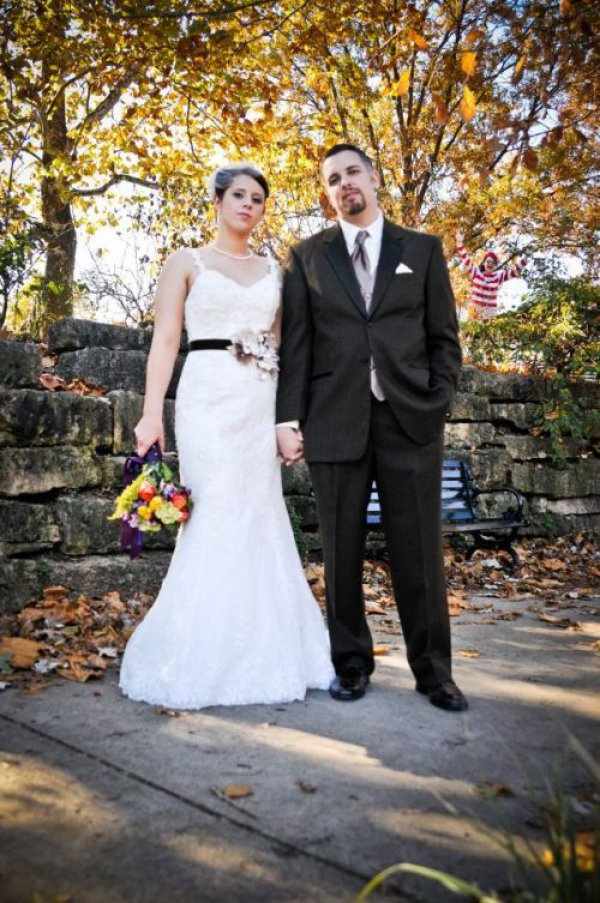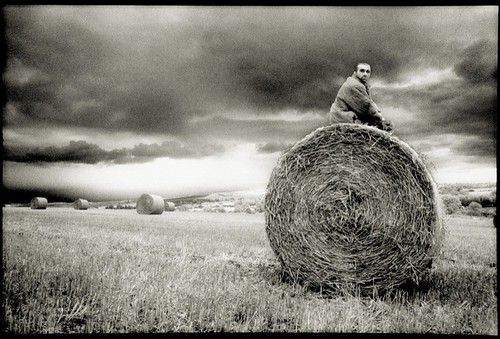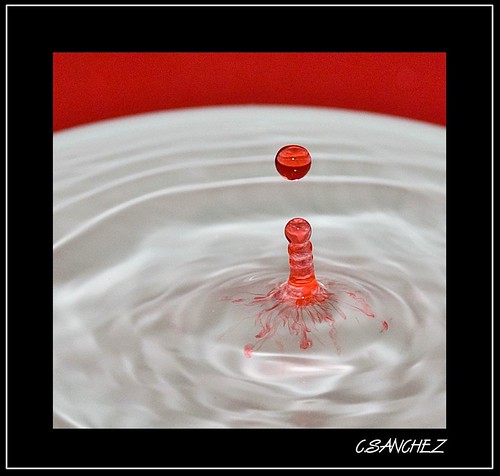It’s another one of those photographers’ nightmares that everyone has to deal with, sooner or later in their career. It usually tends to happen to beginner wedding photographers: you shoot the wedding, spend tons of time editing the pictures, then, one day, you get the dreaded call. The client hates your work. They are disappointed with it. They may even ask for their money back. What do you do? How do you deal with bad wedding photos? Here are 5 tips from actual wedding photographers, with enough experience in their portfolios to be speaking with the best of intentions.
1. Don’t dwell
This is the most important step in learning how to deal with bad wedding photos, unless you want to end up too scared to ever pick up a camera again. The past is in the past and you can’t reshoot a wedding. You can analyze what went wrong, enlist the aid of a very skilled photo editor and try to do as much damage control as possible. However, at the end of the day, all you can do is learn from your mistakes (as everyone does) and move forward.
2. Analyze & acknowledge
Perhaps the conditions in which you shot the wedding were harsh. Perhaps you lack the experience to handle the weather, the light, the temper tantrums thrown by the wedding party, or anything else. Maybe your compositions are bad. Try to pinpoint the causes, in order to deal with bad wedding photos. Understand what went wrong, but make sure to be as objective and detached as possible. It’s actually a good idea to sit down with said ruined set and a trusted fellow photographer and ask for their opinion. A second call could be what you need, in order to prevent you from doubting your professional abilities altogether.
3. Pay up… or not
Sometimes, when you are forced to deal with bad wedding photos, you must simply understand that some clients are out to get their money back. Nothing you say or do will feel like compensation enough for them, before you pay up. You can comply to any other request they make, edit and re-edit the photos until you turn blue in the face – they want their money back and that’s final. At this point, your options are those listed in the contract you signed with them. If the client has just cause to ask for their money back, both legally and ethically, there is little you can do but pay up. Whatever you do, don’t let yourself be bullied away from your money.
4. Get a second shooter, be a second shooter
The best way to learn wedding photography is by being a second shooter. Wedding photography pros recommend second shooting weddings for at least a year, before you attempt to go it on your own, as the main wedding photographer. Similarly, if you’re starting out as a main wedding photographer, it’s almost mandatory to enlist the aid of a second shooter you can trust. At the end of the day, they can make a world of difference, in terms of client satisfaction.
5. Trust your instinct
Lastly, the main takeaway, when you have to deal with bad wedding photos, is that you should always trust your gut when it comes to taking on a gig. If you feel you lack the experience and/or are worried the responsibility is too much for you to handle, find a gracious way to say no. You should never let a client pressure you into a booking, because chances are at the end of the day no one’s going to walk away happy – not you, nor the client.

























